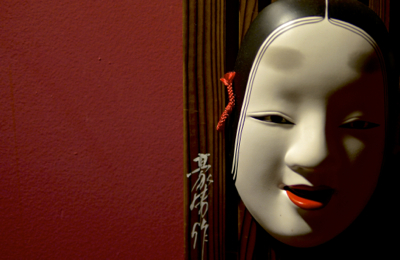Miksang
Ideas in teaching:
It is not as difficult as it seems: Try to relax and focus:
1. Close your eyes. Now make a 'snapshot' by opening them very shortly. Think back what did you see? Now open your eyes and see what you have missed..
2. Make photographs (just where you are) of just colours, nothing else. Zoom in and crop before you take it, not after.
These two simple exercises make you focus, look harder (better) and be more aware.
Simple and fun to do.
SEEING < = > FEELING
Miksang is a Tibetan word, meaning "good eye". It represents a form of contemplative photography based on the Dharma Art teachings of Chögyam TRUNGPA, in which the eye is synchronized with the introspective mind. The result of this particular perception of the world, combined with photography, produces a peculiar and open way of seeing the world. Miksang pictures tend to bring the observer back into the original contemplation state of the author of the picture. The pictures can bring one back to a purer perception of reality that is often neglected. At its core, the miksang requires no special setup; instead, only a skilled visual capture, in the proper state of mind of everyday reality. (wikipedia)What is Miksang?
Can you recognize the truth of your own experience of seeing, free of concepts, thoughts, and preferences?
Miksang Photography is based on authentic visual experience expressed exactly as seen—True to Life!
Miksang is a form of contemplative photography that asks us to see our world in a new way. In some ways it seems very simple, but it is not always easy.
If we can place our mind’s attention, our awareness, in our sense of sight, we will see vivid, mind stopping perceptions fully and completely, without distraction. And when that happens, we can connect with what we see deeply and intimately.
This requires stillness of mind, patience, and the desire to really see what is there, so that we can understand how to express what we are seeing with our camera simply and precisely.
Miksang is photography in which we use the camera to express our visual perceptions exactly as we experience them. Because we know how to prepare ourselves to receive perceptions when we see them, and we know how to understand exactly what we have seen, we then know exactly how to express what we have seen with our camera. The resulting image is an exact expression of our eye, mind, and heart as it connects with the perception.
Read all about it here: www.miksang.comAnd here is a course with a free download: www.miksang.eu

